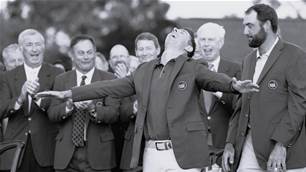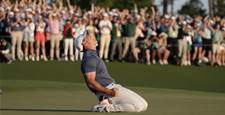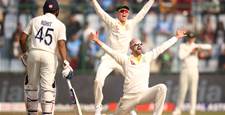Archery – as a sporting pursuit, more than a hunting method – owes its birth to 16th Century scholar Roger AsCham.
Archery – as a sporting pursuit, more than a hunting method – owes its birth to 16TH-Century scholar Roger AsCham.
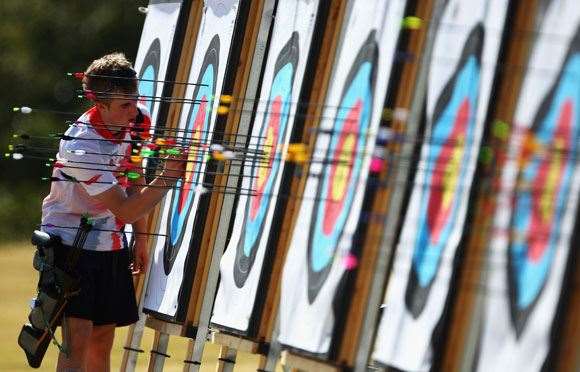 Archery from hunting to leisure pursuit
Archery from hunting to leisure pursuitImages: Getty Images
IKE ISAAC WALTON, who came along two generations after him, Roger Ascham took an activity essential for survival and turned it into a “leisurely” pursuit – known these days as a sport. It’s likely that Walton was inspired by Ascham’s seminal book on the art of archery, Toxophilus (lover of the bow), published in 1545. The mode of the book – a platonic dialogue between Toxophilus and Philologus – is the same employed by Walton over a hundred years later in The Compleat Angler. Unlike Walton’s immortal tome, Toxophilus was partly the result of legislative necessity: a royal decree from no less than Henry VIII, which required that every Englishman under 60 and of good health be trained “to use shooting in the long bow”. Thus archery became a prime example of the way a sport was concocted to serve the purposes of national defence. People tended to do as Henry asked, and Ascham promptly set to work to write the first book on the ancient war art ever written in the English language. It was, fortunately, a subject with which he was already familiar.
It’s difficult to comprehend in these high-tech days just how important the invention of archery was. It ranks with the invention of the wheel or the discovery of fire as a historical catalyst. The beasts of the forest, field and jungle were subdued by the will of man the moment the bow and arrow was mastered. As a mode of battle, it enabled the English to turn back the hostile Gallic hordes and finally put paid to the longest blue in history, the Hundred Years War. The bow enabled English victories at Crecy, Poitiers and Agincourt, where 6000 archers beat impossible odds and defeated around 85,000 Frenchmen, thus changing the course of history.
By the time Ascham turned his scholarly attention to the art of the bowman, it was already 10,000 years old and had been practised in almost every part of the world – if fossil records are anything to go by. Certainly, it had been described in such eminent works as the Bhagavad Gita, the Biblical Psalms and Homer’s Odyssey and depicted in the earliest extant cave paintings in south-western France and Spain. English folk tales had already celebrated the feats of men like Robin Longstride, most famously known as Robin Hood.
What Ascham did was, in a way, heretical. In his book he elevated archery above many of the arts, positing it as a diversion from base gambling games, extolling its Godliness and proclaiming it the mark of great men, scholars, princes and students.
Ascham had been educated in the house of one Humphry Wingfield, a barrister and speaker in the House of Commons who would provide students with bows and shafts and watch them shoot. Thus influenced, Ascham saw the inclusion of archery in all school curricula as vital. This was an important precept of Toxophilus. Subsequently, Elizabethan colleges included archery in their statutes.
According to the venerable Dr Samuel Johnson, Ascham – a scholar of the highest order who had entered Cambridge at 14 to read Greek and been tutor to the future Queen, Elizabeth – was first inspired to write his work long before Henry’s dictate. Often wearied by the burden of being an all-round classical scholar in great demand, he resumed his boyhood hobby as a diversion. Fascinated by the fact that many of his colleagues saw this as incongruous, even undignified for a man of his standing – much as someone might these days if one of our leading intellectuals took up cage fighting – Ascham decided to prove them ill-informed, setting out, in the highest-flung prose style he could muster, to prove that archery had as much merit as any other pursuit. His purpose was to promote archery as a “manly” art and to help his master, Henry, emphasise the importance of national defence.
The book captured the popular imagination. At a two-day tournament in 1553, 3000 people turned up and actively participated, shooting enthusiastically from sunrise till dark.
– Robert Drane
Related Articles
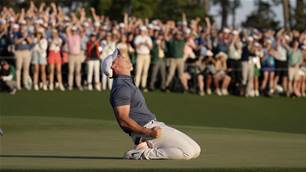
Feature Story: Moving the Needle

The Aussies at The Open
